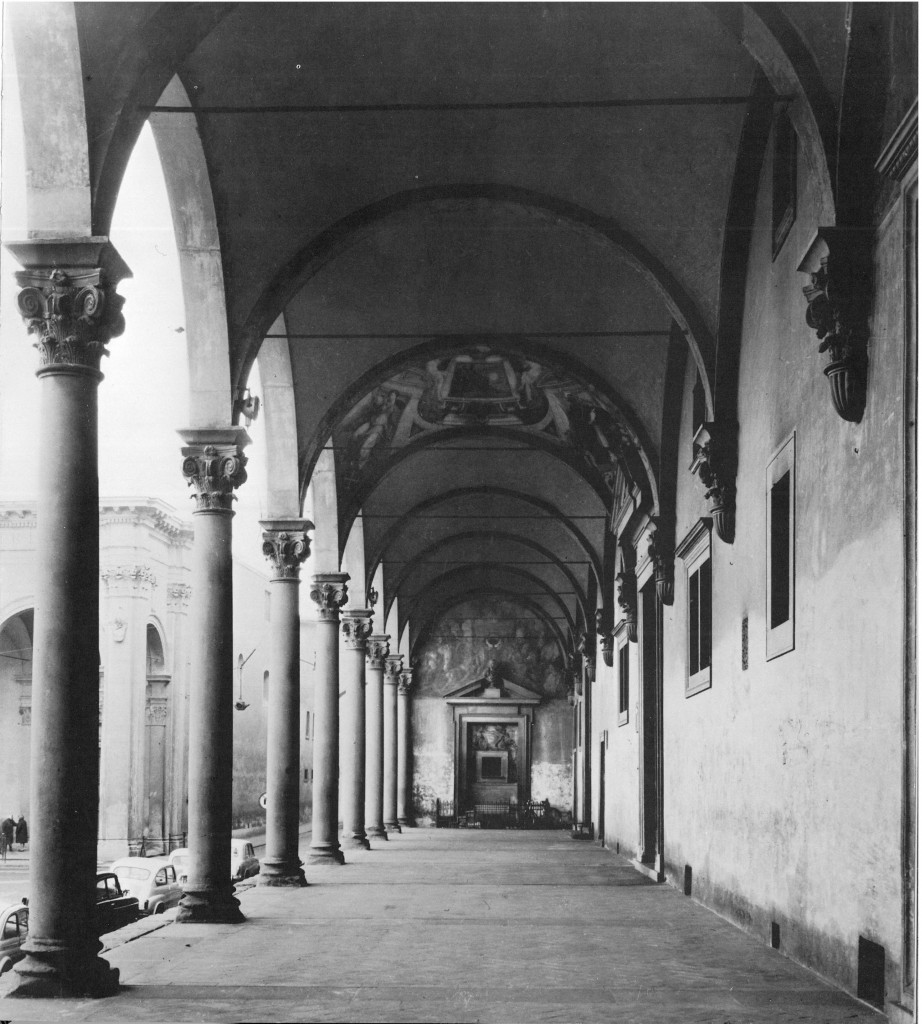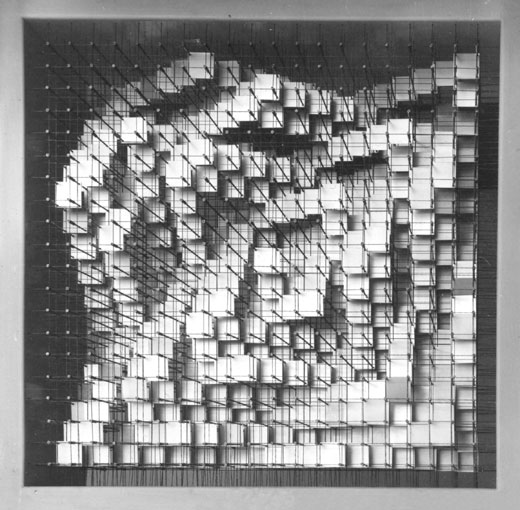After last week’s defences of Francesco Marullo and Maria S. Giudici, on next Friday Amir Djalali and Bernardina Borra will defend their theses in front of a committee composed by Kees Wapenaar (TU Delft, Chair), Michiel Riedijk, S. Umberto Barbieri (TU Delft, Promotors), Pier Vittorio Aureli (AA, co-promotor), Charles Rice (Kingston University), Thomas Weaver (AA), Dick Van Gameren, Kees Kaan (TU Delft).
Defence of Amir Djalali
16 May. 9:30 Presentation. 10.00 Defence
Location: Aula, TU Delft
Common Space: Politics and the Production of Architectural Knowledge
Today we are familiar with definitions of architecture as an integrated, multidisciplinary “networked practice,” which takes its cognitive potential from a “diffused design intelligence.” These definitions were introduced to counter an individual, authorial approach to design which allegedly characterized modern architecture since its beginnings. This thesis aims to overcome such a distinction, showing that, on the contrary, a diffused, collective intelligence was at the core of architectural production since its invention in the 15th century. Renaissance sprezzatura, the monster in Enlightened France, Alois Riegl’s Kunstwollen, Aldo Rossi’s collective memory and the 1970s debate on architectural language are taken as indexes of a Western tradition of collective intelligence in design. Moreover, this genealogy shows that by embracing “collective intelligence” and “projective” practice architecture does not necessarily surrender to constituted political powers and to the forces of the market. On the contrary, this thesis shows how such a practice can be an instance of a positive and constitutive political force — in other words, able to produce the common.
Defence of Bernardina Borra
16 May. 12:00 Presentation. 12:30 Defence
Location: Aula, TU Delft
The Architecture of Co-operation. A Project for Organizing Collective Creativity
The Architecture of Co-operation investigates the relationship between the collective subject and urban form through co-operation as means of production.
The point is how individuals can organize co-operation today for the city as a project and what could be the role of architects into this process. Thus, the aim of the thesis is first to attempt to provide scientific evidence for the production of architecture through co-operation, highlighting possible potentials as well as pitfalls. And second, is to question whether (and if so how) co-operation can turn into a conscious project to organize the relationship between individuals and urban form.
From a grammar of the concept of Human Nature the definition of co-operation adopted is a human nature evolution factor to survive the struggle against adverse circumstances. It is influenced by the contingent material factors proper to each age, but also grounded in biological invariants that human beings own as species for survival.
A close reading of the work of three architects and their projects can provide a genealogy of the Architecture of Co-operation: H. Meyer with his co-op architecture for the mass society of the Weimar Republic, E. Mari and the Gruppo N promoters of emancipation through self-design in the ‘60s and ’70s in Italy, and C. Price with his concept of anticipatory and enabling architecture in the advent of Anglo-Saxon neoliberalism.
This genealogy seeks after a problematization of co-operation taking distance from “participation”, the main threads of research analyse the relationship subject – object/ individual – urban form, the question of authorship and the role of the architect, and how to foster self–valorization, organization and creativity of the collective subject through architecture.



